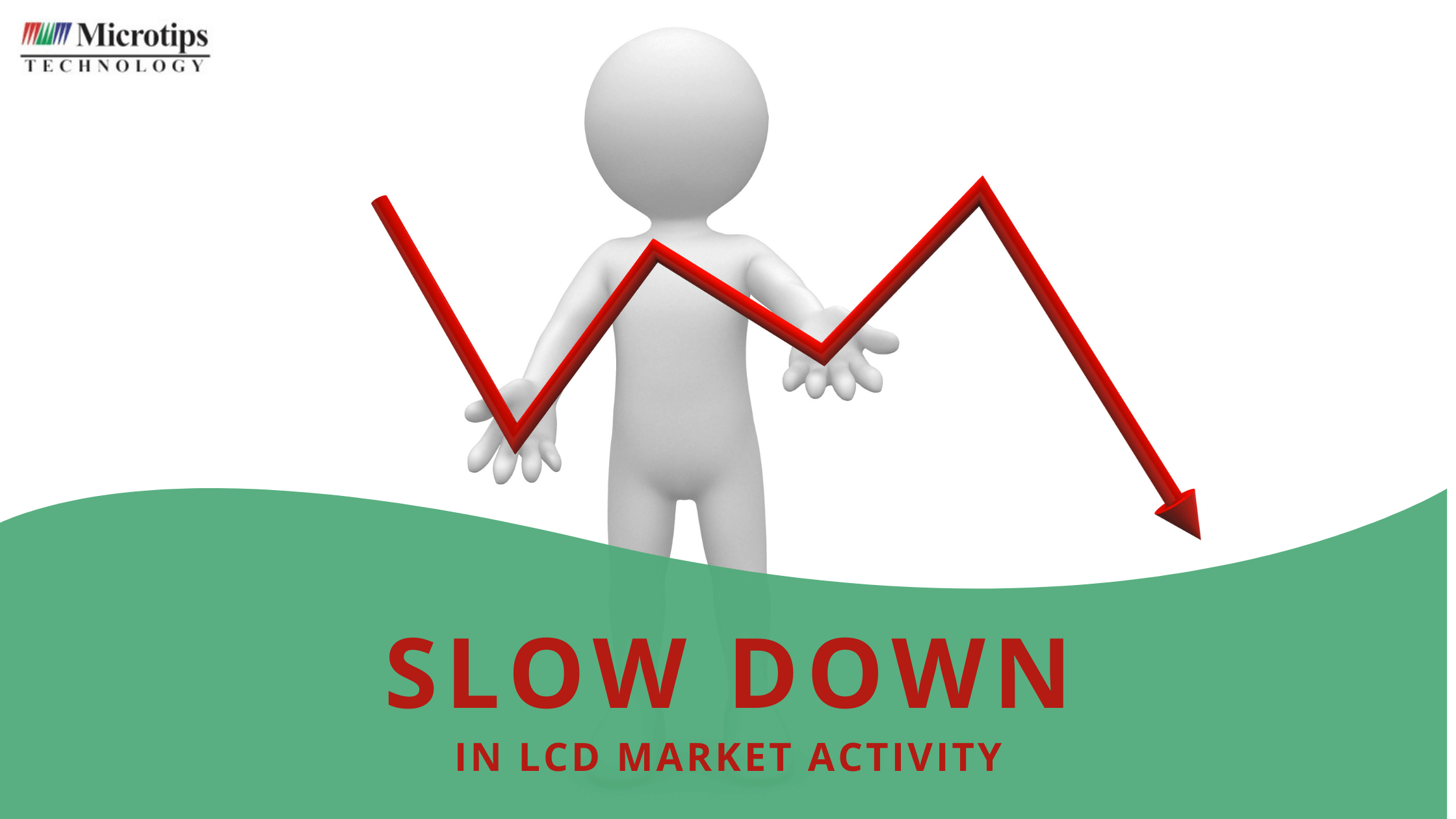Every display technology has a distinct set of advantages, disadvantages, and restrictions. They can even become dangerous, impacting the technology forever.
The development of embedded display interface technologies, the accelerated use of automation across sectors due to COVID-19, and the rising demand for interactive displays and digital signage are some major factors driving the growth of this market.
The pandemic-driven supply backup that began in 2020 will last some upcoming year because of the prolonged delay needed to bring new capacity online.
IMPACTS OF COVID-19 ON THE MARKET FOR EMBEDDED DISPLAYS WORLDWIDE
Several vendors have offices and production facilities throughout North American and European regions.
COVID-19 affected the distribution in addition to the activities of the numerous embedded display firms. Many sectors use these companies’ display technology for a variety of applications. Lockdown restrictions influenced the market globally, decreasing consumer demand for home appliances and home automation equipment.
The ongoing decline in global demand and export shipments for automobiles will influence the market for automotive displays and eventually slow down demand for embedded displays.
RESTRICTIONS: WIDESCREEN DISPLAYS
In recent years, widescreen displays have been used in various industries, including retail, entertainment, education, medicine, and business. The main benefit of widescreen displays is that they help to reach a bigger audience than compact display screens.
The global projectors market is predicted to develop due to the rising use of interactive projectors in the education sector and their cheaper cost compared to interactive whiteboards. Due to all these advancements, projectors are now a viable alternative to high-definition video walls.
THE EMERGENCE OF THE LED MARKET
By technology type, LED is anticipated to experience the second-largest market growth throughout the projection period. In the upcoming years, this market sector is expected to rise due to the development of micro-LEDs, or LEDs. LED displays have replaced LCD in several applications in the past few years.
These displays have a high pixel pitch, improved efficiency, high brightness, incredible light intensity, improved power efficiency, a long lifespan, high scaling, minor sensitivity to burn-in, etc. Micro-LED displays outperform LCD regarding response time, contrast, and energy efficiency. Their rising popularity in wearables, as well as the automotive, retail, healthcare, and consumer electronics industries, is estimated to result from this.
EMBEDDED DISPLAY MARKET DOMINATED BY FIXED DEVICES IN 2025
By value and volume, fixed devices are anticipated to have the largest embedded display market in 2025. These devices outperform portable embedded display devices in terms of contrast and pixel resolution, have a shorter time to market, are easier to integrate, are more inexpensive, have high scalability, have a long product life, are safe and secure, and offer a more comprehensive range of working temperatures. It is foreseen that integrating many multitouch display screens with large-screen fixed display systems would help the fixed devices sector of the embedded display market flourish.
COVID-19 BRINGS INCREASED ADOPTION OF EMBEDDED CONNECTED MEDICAL DEVICES
Following COVID-19, there has been a growth in the adoption of embedded linked medical devices for patient monitoring and remote diagnosis. The deployment of innovative linked ventilators for treating COVID-19 patients and the usage of thermometers as preventative testing equipment has increased globally. Some healthcare start-ups emerged to create platforms for remote monitoring virus-infected individuals. These advancements are anticipated to accelerate the adoption of embedded linked medical devices, fueling a surge in demand for integrated displays worldwide.
NORTH AMERICA WILL BE THE WORLD’S LARGEST MARKET FOR EMBEDDED DISPLAYS IN 2023
Increased demand for automated manufacturing, assembly, and supply chain processes across a range of industries may be to blame for the market expansion in North America. The use of embedded display-equipped devices in the region’s industrial, aerospace and defense, automotive, and healthcare sectors has been spurred by rising research and development efforts at the industry level. In the US, embedded displays are used more frequently due to the expanding commercialization of high-speed networks like 5G.
The current COVID-19 pandemic is expected to influence the global embedded display industry. The COVID-19 pandemic-related lockdown measures imposed in various nations worldwide resulted in a drop in domestic and export demand for consumer electronics, automobiles, and other industrial equipment and devices. Due to a shortage of parts during the first quarter of 2020, the entire supply chain was interrupted.
CONCLUSION
The worldwide automotive sector, which was already in trouble due to a decline in car demand before the COVID-19 pandemic hit, has been severely harmed by the onset and spread of the disease. With automakers cutting production and nations, COVID-19 significantly reduced both global demand and export shipments of autos.
The embedded display market is expected to grow at a CAGR of 6.9 percent, from its estimated value of USD 17.5 billion in 2020 to USD 24.4 billion in 2025. The development of integrated display interface technologies, the rapid adoption of automation across sectors due to COVID-19, and the rising need for interactive displays and digital signage are the main drivers propelling the growth of the embedded display market.

